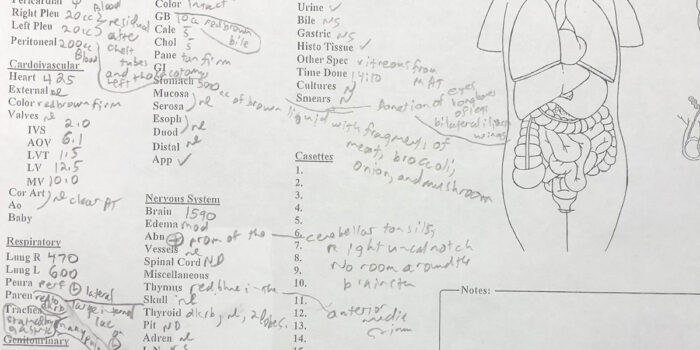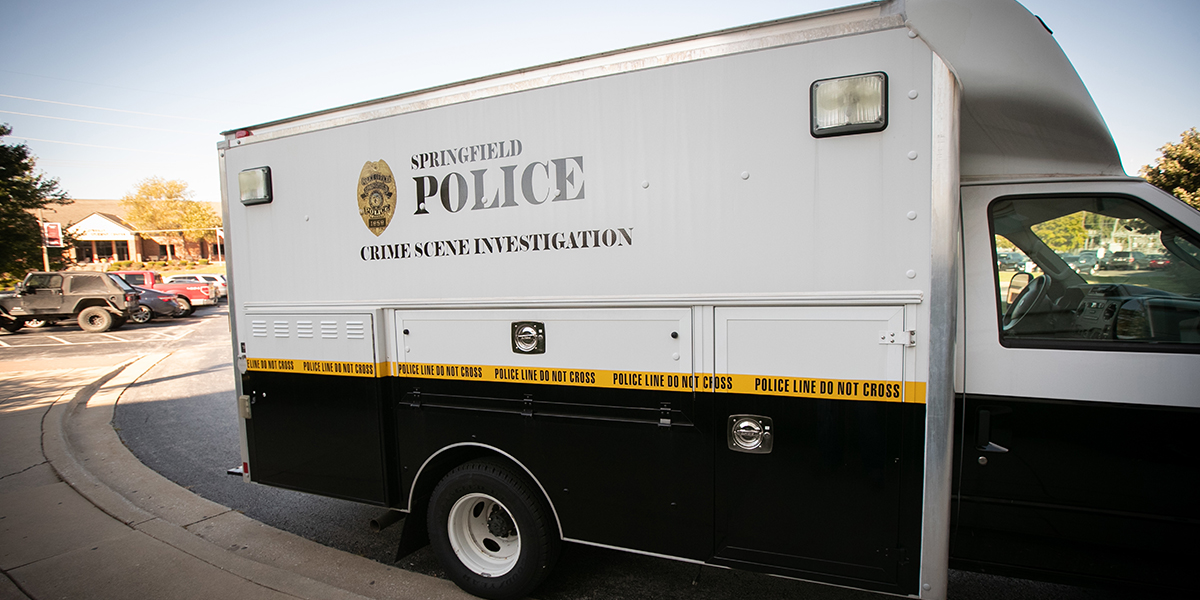If you’re on a crime scene with a body, you might be seeing your local medical examiner soon. In a conversation with Dr. Keith Norton and Tom Van de Berg, from the Greene County medical examiner’s office, advice is gained from the pros. Here are some tips for crime scene investigation and working with medical examiners.
Get the story
An investigator works from the outside in. The condition of the scene, how one would enter or leave the scene and who’s supposed to be at the scene are all noted before even walking in. On you’re way in, you’ll be assessing potential witnesses.
Inside the scene, look for evidence of fights, intent and breaking and entering. But beyond obvious destruction, look for the story of the person. A medical examiner needs to know what medications and substances are on site.
There’s always more to the story, which leads us to our next point.
Don’t make assumptions

There is a lot of misinformation about crime scene analysis…often perpetuated by popular T.V. shows.
For example, entry and exit wounds – in terms of their shape and size – are largely dependent on the weapon and ammunition. Where the weapon lies cannot alone tell what happened, as well. Investigations are nuanced.
Research sudden causes of death, and know the answers may only be found back at the lab. One of Dr. Norton’s most perplexing cases concluded only when he found that a crashed motorcyclist had cerebral malaria. Other conundrums arise when non-obvious conditions, like positional asphyxia, and other medical crises combine. What was the cause?
Keep the scene
To find the cause, maintaining the scene is crucial. Moving the body drastically alters positional evidence for both the crime scene investigators and the medical examiners. Letting the fluids go unmoved also helps with toxicology reports. The body may be in a compromising position, but to cut the body down, flip the body or dress the body impedes finding the answers to the case. It takes stoic tact.
Want to know more?
In investigation and criminal behavior classes, you’ll equip yourself with the knowledge to navigate such scenes. A private investigator works collaboratively with medical examiners, forensic pathologists and more—a collaboration first fostered in the criminology department. Ask your advisor about our certificates and classes to get you to a career in investigation.

